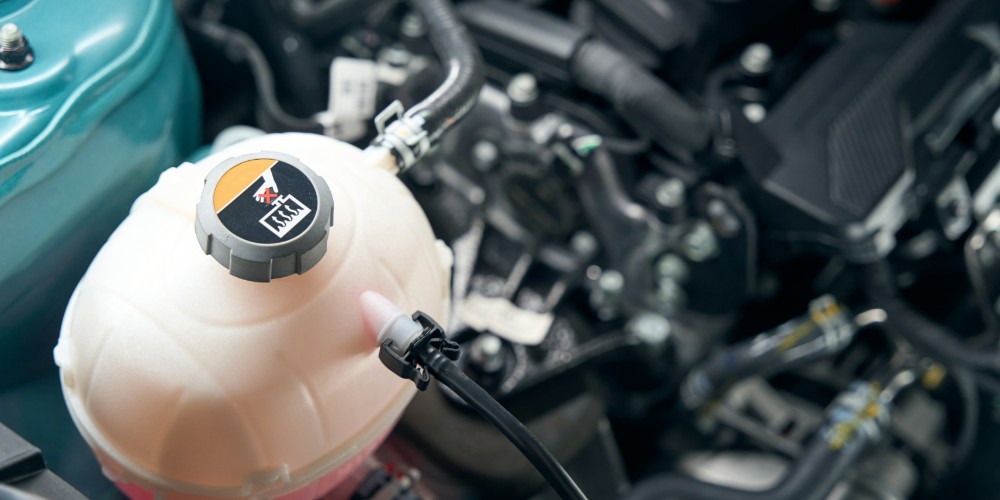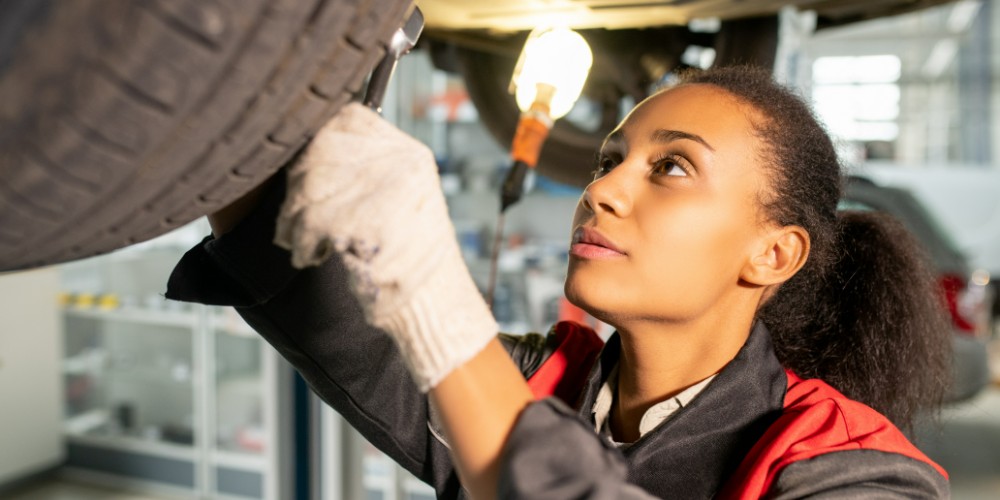Owning a hybrid car is just part of the journey towards achieving maximum fuel efficiency. This article explores effective strategies for driving a hybrid car to ensure you get the best fuel economy possible, transforming every litre of fuel into maximum distance.
Understanding hybrid car technology
Before diving into driving tips, it’s crucial to understand the technology behind hybrid cars. A hybrid vehicle combines an internal combustion engine with one or more electric motors powered by batteries. This combination allows the car to switch between or combine power sources for optimal efficiency. The batteries are recharged through regenerative braking, which captures energy usually lost during braking.
🚗 Check out this guide: Hybrid vs plug-in hybrid cars.
Maximising regenerative braking
Regenerative braking is a cornerstone technology of hybrid vehicles, turning a traditional inefficiency into an opportunity for energy recovery. Understanding and maximising this feature can significantly enhance your hybrid’s fuel economy. Here are detailed strategies to optimise regenerative braking:
- Anticipate and decelerate early: Always look ahead and anticipate the road conditions. By easing off the accelerator well before you need to stop or slow down, you allow the regenerative braking system to capture more kinetic energy and convert it into electrical energy, which is stored in the battery. This technique is particularly effective in stop-and-go traffic or when approaching a red light.
- Gradual braking: When you need to slow down or stop, apply the brakes gently and progressively rather than abruptly. This maximises the amount of energy captured by the regenerative braking system. Abrupt braking can lead to the use of traditional friction brakes, which do not recover energy.
- Leverage downhill sections: On downhill stretches, instead of coasting with the accelerator pedal untouched, lightly touch the brake pedal to engage regenerative braking. This not only helps in charging the battery but also provides a controlled descent without the need for applying friction brakes.

Optimising the use of EV mode
Hybrid vehicles often come with an Electric Vehicle (EV) mode, allowing the car to operate solely on electric power, which is perfect for reducing fuel consumption in certain driving conditions. To fully benefit from the EV mode, consider the following tips:
- Selective engagement: Engage EV mode in low-speed conditions such as urban driving, traffic jams, or residential areas. Electric motors are most efficient at these speeds, and using EV mode here will save fuel and reduce emissions.
- Battery management: If your vehicle allows you to control when EV mode is activated, consider conserving battery power for when it can be most beneficial, such as in congested city driving or in slow-moving traffic. This strategic use ensures that you are using electric power during parts of your journey where fuel efficiency would otherwise be low.
- Understanding limitations: Be aware of the limitations of your vehicle’s EV mode. Some hybrids may automatically switch out of EV mode at higher speeds or if the battery reaches a certain level of depletion. Knowing these parameters can help you plan when and how to use EV mode most effectively.
Efficient acceleration and speed management
The way you accelerate and manage your speed in a hybrid car can have a significant impact on your fuel economy. Here are some techniques for efficient acceleration and speed management:
- Smooth and steady acceleration: Avoid rapid acceleration from a stop. Instead, accelerate smoothly and steadily. This allows the electric motor to provide a significant portion of the power, reducing the reliance on the petrol engine and saving fuel.
- Maintain a constant speed: Whenever possible, especially on motorways, use cruise control to maintain a constant speed. Speed fluctuations, such as constant acceleration and deceleration, increase fuel consumption. A steady speed is more fuel-efficient and often safer.
- Speed awareness: Be mindful of your speed. Higher speeds require more energy to overcome air resistance, significantly increasing fuel consumption. Driving at or slightly below the speed limit can improve fuel efficiency. Additionally, anticipating the need to slow down and allowing the car to decelerate naturally without applying the brakes can further enhance efficiency.
Tyre maintenance and aerodynamics
The condition of your car’s tyres and its aerodynamics also play a vital role in fuel efficiency:
- Check tyre pressure regularly: Under-inflated tyres increase rolling resistance and fuel consumption. Ensure your tyres are inflated to the manufacturer’s recommended levels.
- Reduce drag: Remove roof racks or carriers when not in use. Keep windows closed at high speeds to reduce aerodynamic drag.
Smart use of air conditioning
Air conditioning can significantly increase fuel consumption. However, you can minimise its impact:
- Use A/C wisely: Use air conditioning sparingly. Consider using the eco mode if your car has one, or use the fan instead on cooler days.
- Pre-cool your car: On hot days, try to cool your car while still connected to the mains if you have a plug-in hybrid. This reduces the need for air conditioning while driving.
Regular maintenance
Keeping your hybrid in top condition is essential for optimal fuel efficiency:
- Follow the service schedule: Regular servicing according to the manufacturer’s schedule ensures the engine and electric motor run efficiently.
- Keep an eye on the battery: Hybrid battery performance can degrade over time. If you notice a significant drop in fuel efficiency, it might be time for a check-up.
Journey planning
Planning your trips can also contribute to better fuel economy:
- Combine short trips: Warm engines run more efficiently. Combining errands into one trip ensures the engine stays warm, reducing fuel consumption.
- Choose your route wisely: Whenever possible, select routes with fewer stops and starts and lower traffic density to take full advantage of your hybrid’s efficiency features.

Harnessing hybrid efficiency
Driving a hybrid car efficiently is not just about adopting one or two of these strategies but integrating them into your driving habits. By understanding your hybrid’s technology, you can tailor your driving to leverage the car’s strengths.
From maximising regenerative braking to maintaining your vehicle and planning your journeys, each aspect contributes to achieving the best fuel economy. As the automotive industry continues to evolve towards greener solutions, mastering these techniques not only benefits your wallet but also contributes to a healthier planet.
Embrace these practices, and watch as your hybrid car rewards you with exceptional fuel efficiency, mile after mile.
🚗 Read more: Are hybrid cars worth buying?





